World Athletics (formerly known as International Amateur Athletic Federation) has banned transwomen from competing in the ‘female’ category at international track and field events. This brutal ban restricts transwomen from competing in equal space, in the name of incorporating “fairness.” The answer to the question of if transwomen belong to female sports is simple – “yes, they belong.”
Having said that, this warrants a look into the history of sports, the complexity of human biology, the problem with the science of sex testing, and if the idea of “fairness” is at all applicable to hundreds of thousands of sporting events.
World Athletics has said openly that discriminating against the minority of DSD (differences of sex development) athletes (or anyone with a hormonal level different from what they decide is the natural limit for a man or a woman), is a method of preserving access to the female category (or women without DSDs).
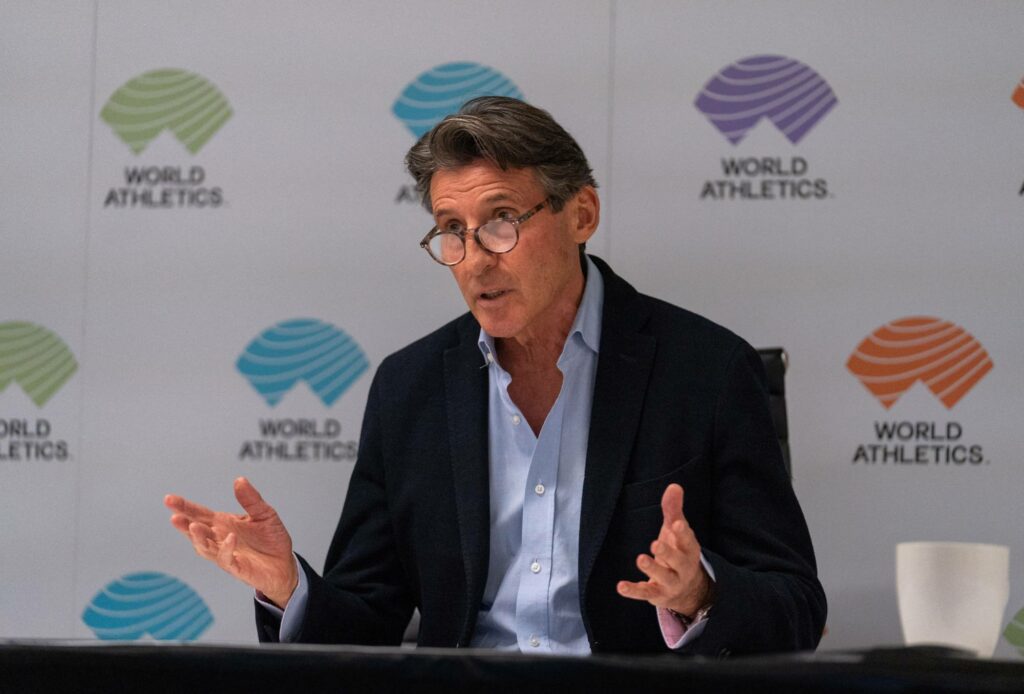
The 2023 move, in what has been cited as “decisive action to protect the female category in our sport” simply bans transwomen who have gone through male puberty, adding to the trans panic that has been viciously pushed within the United States at multiple levels.
What’s actually fair in sports?
Since the 1900 Olympics, when women were finally allowed to compete in the international arena, they had to prove their womanhood or disprove that they’re not men in disguise (which, per this Caravan report, has only happened once). Swedish Politician and YouTuber Mia Mudler in her video – Should Trans Women Be Allowed In Sports? brilliantly traces the historical nuances of this debate and how fair sports have been. Mudler points out how organised sports since their inception has focused on men, which in turn, influences sports science and has largely informed the criteria for participation and inclusion in sports.
The panic is senseless because transpeople aren’t dominating sports, in fact, Laurel Hubbard (the first openly trans athlete to compete in weightlifting at Olympics), didn’t even win a medal in the 2020 Summer Olympics.
Surprisingly, the conversations around fairness involving equal wages for men and women, or equal access to resources have not received as much attention as the discussion around if trans people can compete in sports. Moreover, it has stayed one-dimensional – if we say transwomen have an advantage of having gone through male puberty, does that means transmen have a disadvantage if we compare the argument along a similar line? The debate isn’t about making a fair playing field in sports, this is about pushing trans and intersex people out, or anyone who isn’t a man or a woman in a conventional sense.
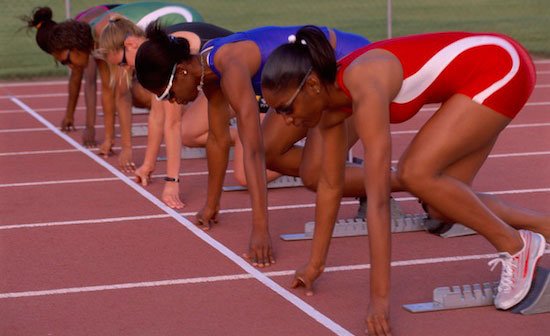
To tackle this, there has been a push for making the criteria of sports (and not the criteria for being a man or a woman) based on hormonal level or the genetic makeup of chromosomes along with other specific requirements for competing in a sporting event, which will allow all people whether cisgender, trans, intersex or even non-binary to compete and also abolish the binary of gender.
Also Read: Gender Bias In Sports: Women’s Sports Remain Sidelined By Lack Of Investment And Visibility
This is not easy as every sport has very specific criteria which change even in its subfields. Even though it’s complex, the alternative cannot lie in making sports seemingly fair at the expense of minority rights (which is against the textbook definition of fairness, ironically). The panic is senseless because transpeople aren’t dominating sports, in fact, Laurel Hubbard (the first openly trans athlete to compete in weightlifting at Olympics), didn’t even win a medal in the 2020 Summer Olympics.
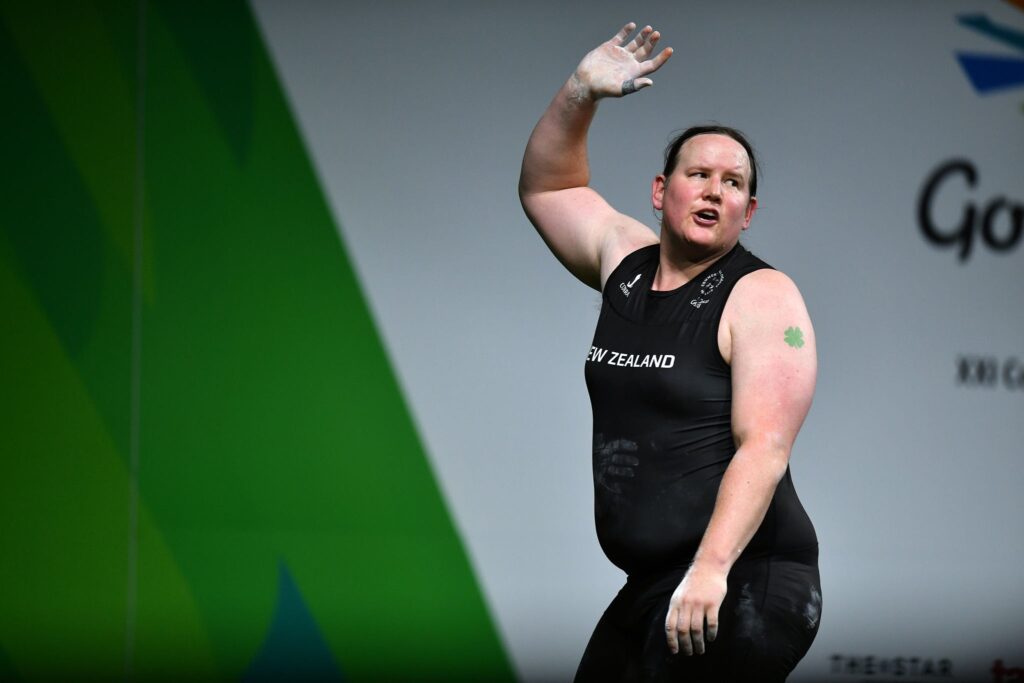
Bioethicists and gender equality advocates have argued that it’s unfair to penalise women, trans women, and intersex people for higher levels of testosterone while the same is not applied to men, for instance, taller basketball players.
It has been already established that it’s not the same treatment that is being meted out to men, Micheal Phelps’ “naturally occurring” physical features have never been questioned. On the contrary, long torsos and the size of feet are considered part of a ‘genetic lottery.’ That advantage that Phelps carries doesn’t make him eligible to compete with other human beings if we go by the same criteria which we apply to female athletes.
Human biology is complex
Thomas Laquer said, “Social sex thus projected downward into biological sex at the level of the microscopic generative products themselves,” or in simpler words, sex is also gendered. What we fail to understand is that ‘biological sex‘ is situational and not some traditional marker of humanity as it is also socially constructed and culturally informed.
Also Read: Caster Semenya Case: The Bias Against Women’s ‘Manly’ Bodies In Sports
The western binary sex system only emerged in the late 18th & early 19th centuries. Prior, women were not understood as separate/opposite to men, they were understood as “underdeveloped” men. Our ‘being‘ was about a social role in society (and not an embodied state) which is visible in medical text illustrations too.
It should be understood that this isn’t about what’s right or wrong or what makes a woman, a woman. It’s more about the complexity that has existed for a long time and the forceful push from organisations to divide athletes into male and female categories. There’s a long history of how hormones begin to be designated as sex hormones as well.
The western binary sex system only emerged in the late 18th & early 19th centuries. Prior, women were not understood as separate/opposite to men, they were understood as “underdeveloped” men. Our ‘being‘ was about a social role in society (and not an embodied state) which is visible in medical text illustrations too.
The work by Anne Fausto-Sterling and Sarah Richardson helps us see how hormones begin to be designated as ‘sex hormones‘ and how chromosomes are also designated as sex chromosomes.
Also Read: Dutee Chand And The Struggle Of Women Athletes In Sports
Fausto-Sterling talks of the multiple contexts – of colonialism, eugenics, labour unrest – that form the ground for family planning and birth control research. We might want to think of this when we hear of the sex verification tests that are based on hormone levels and chromosome studies. She is also against the polarization of sex as we know precious little about intersex people because scientists have ignored their inner lives. Richardson’s work also traces the history of consensus generation around sex chromosomes as determining agents for biological sex.
Sex testing and the politics of testosterone
The biggest problem with sex testing follows the failure to understand the complexity of human biology. The consequence of this was that sports science was flawed and sports had been designed only for men for a long time. The most infamous instance of sex testing is when Caster Semenya was fighting a ban in the Court of Arbitration of Sport, which stated that she no longer qualified as a woman. And while she was allowed to compete, it was on account of suppressing her testosterone levels.
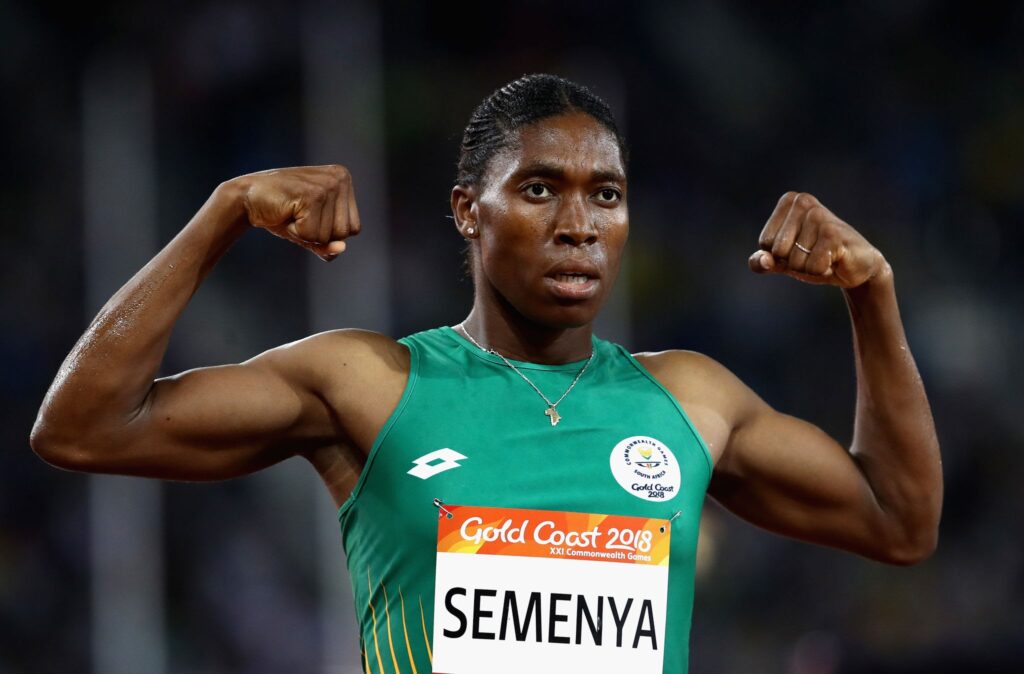
However, people with ‘Differences of Sexual Development‘ or ‘Intersex People‘ fall into a grey area. There are severe consequences to these arbitrary changes, a national-level athlete from India, Pratima Gaonkar died by suicide in 2001 over failed sex test, and Semenya has also said the battle against World Athletics (formerly IAAF) has destroyed her physically and mentally. The increasing number of limitations concerning testosterone regulations in women’s sports is mostly put in place to keep athletes like Caster Semenya out.
The point to note is that Scientists have failed to divide people into males and females based on biological criteria for centuries. It hasn’t escaped anyone’s notice that mostly non-white athletes from the global south are banned.
What’s frustrating is that the criteria have been changing every few years as no one can agree on the science to define a woman succinctly. At first, it was a “nude parade,” followed by chromosomal testing. By 2011, Chromosomal testing was replaced with ‘Testosterone Limit‘.
Also Read: Santhi Soundarajan & The Misogyny Of Sex Verification Tests In Sports
Dutee Chand also struggled through the testing system, when the Indian government introduced ‘hyperandrogenism regulations‘. The point to note is that Scientists have failed to divide people into males and females based on biological criteria for centuries. It hasn’t escaped anyone’s notice that mostly non-white athletes from the global south are banned.
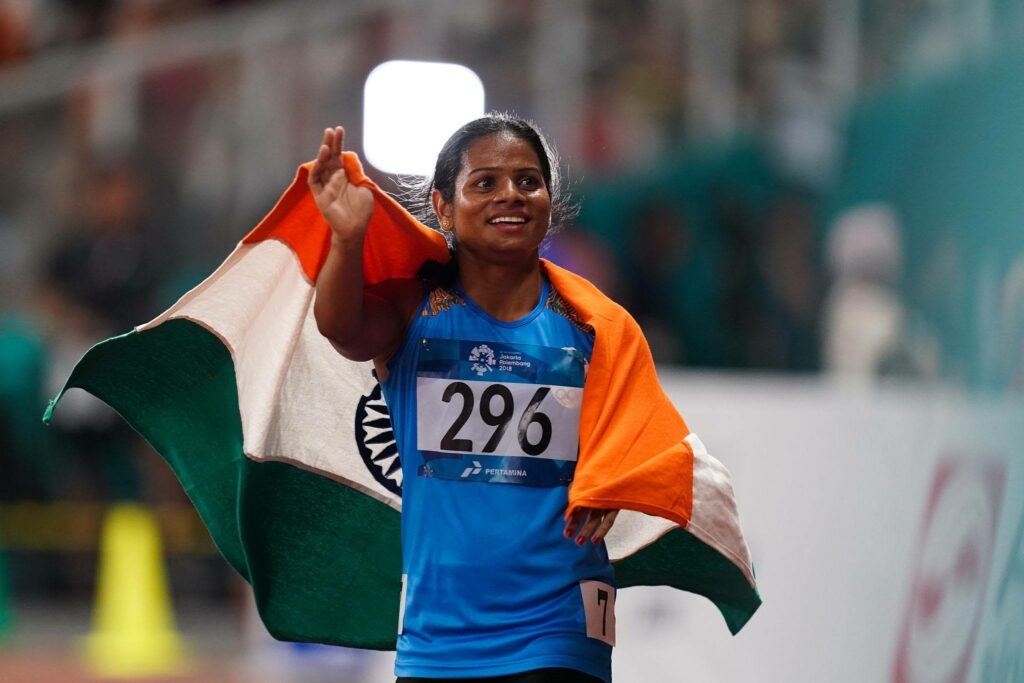
As it goes for protecting the “female category,” the push for a ban on trans athletes is coming from politicians. It’s not coming from sports science organisations, which have a better understanding and vested interest in the idea of incorporating fairness in sports. From “nude parade” to sex testing to chromosomal testing to suppression of testosterone, the target is clear – to disqualify highly performing athletes or whoever doesn’t look like a woman.
Resources:
- A very nuanced articulation of the debate around trans women and their place in female sports has been done by Swedish Politician and YouTuber Mia Mulder here.
- Another report on the flawed science of sex testing has been done by The Caravan here.
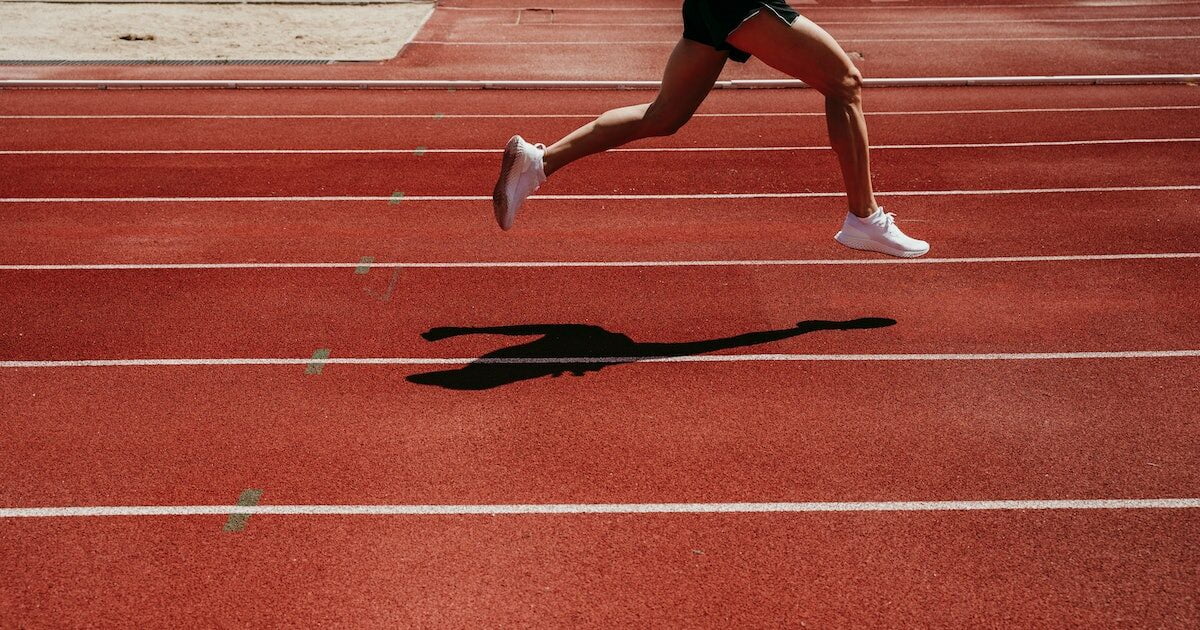
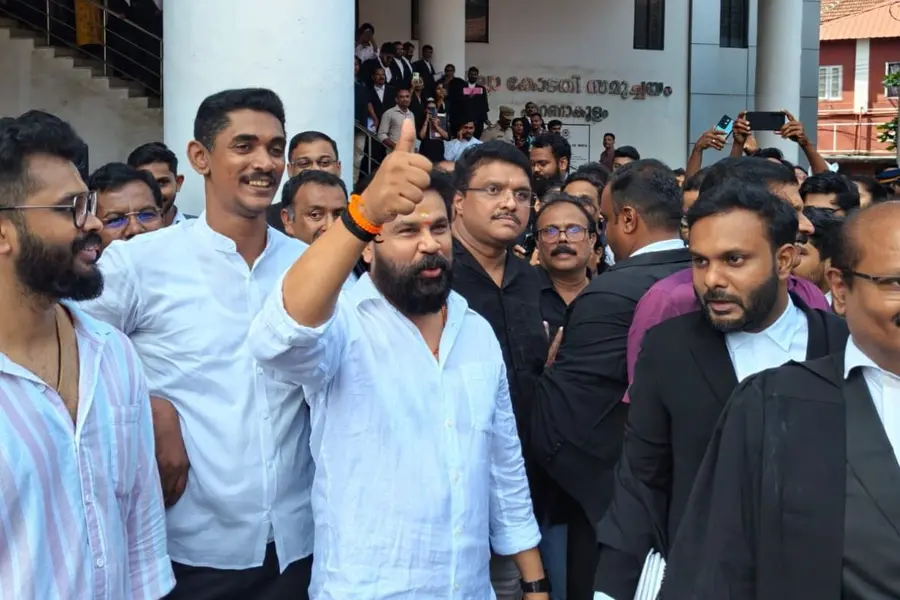

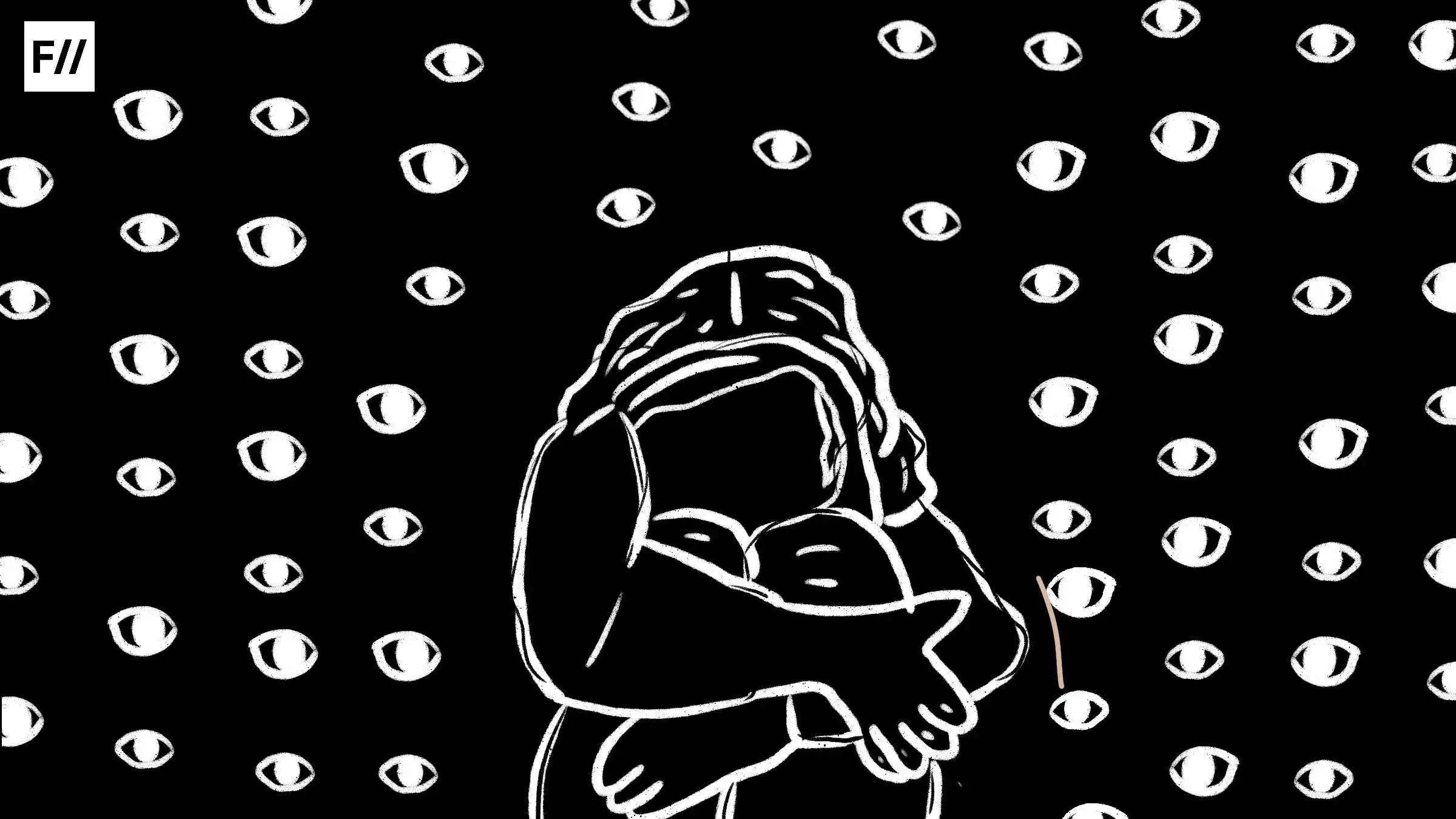

I have to politely disagree. I am a feminist and I believe in equality for everyone but I am a former female competitor in powerlifting, running, and T&F. I can tell you that MOST “born” females can not compete against post-puberty trans athletes. Women athletes have worked very hard and struggled for years for recognition. Trans athletes are destroying women’s sports. I feel badly for trans athletes but including them is not helping women’s sports. Find another solution.